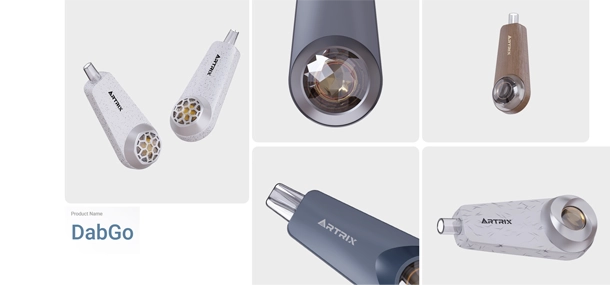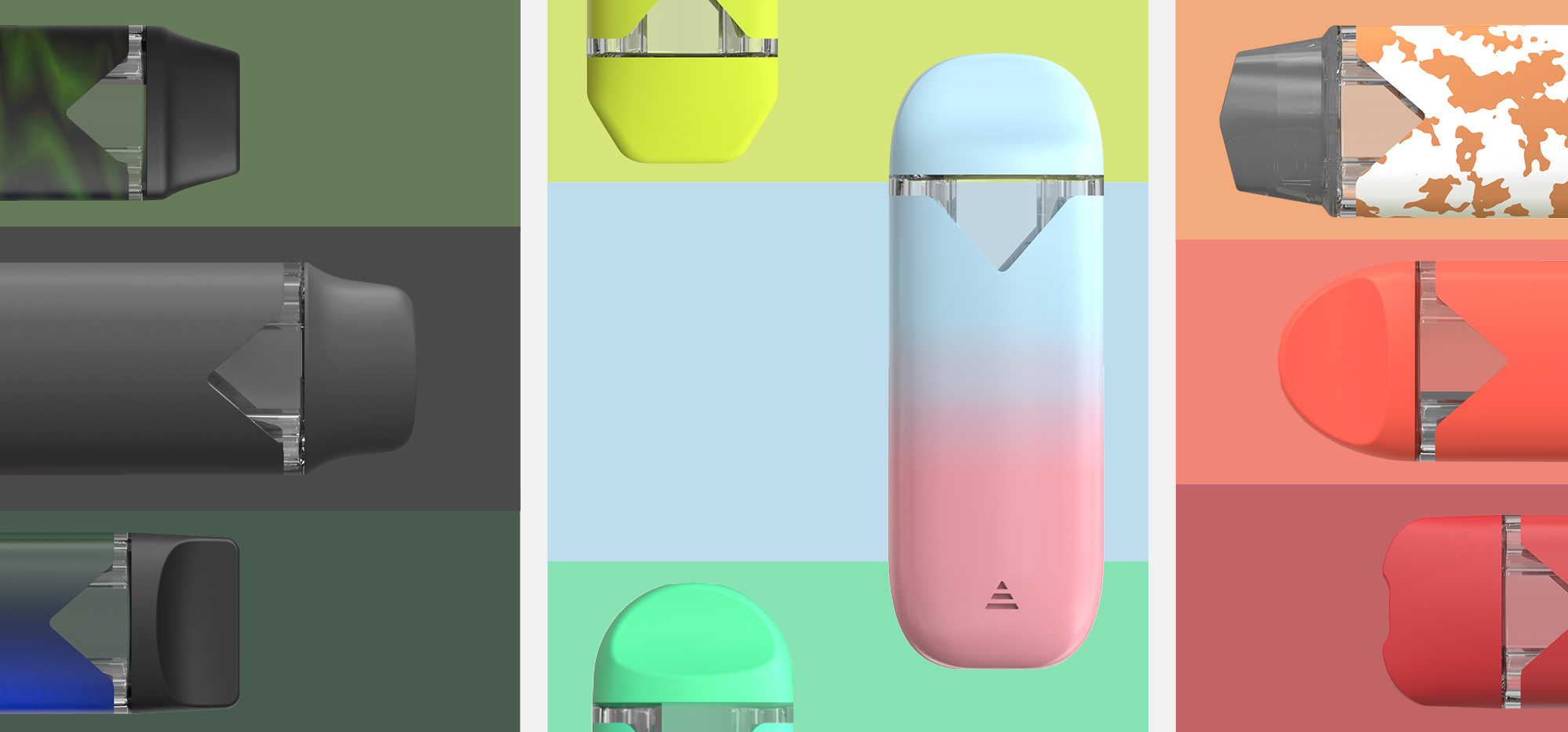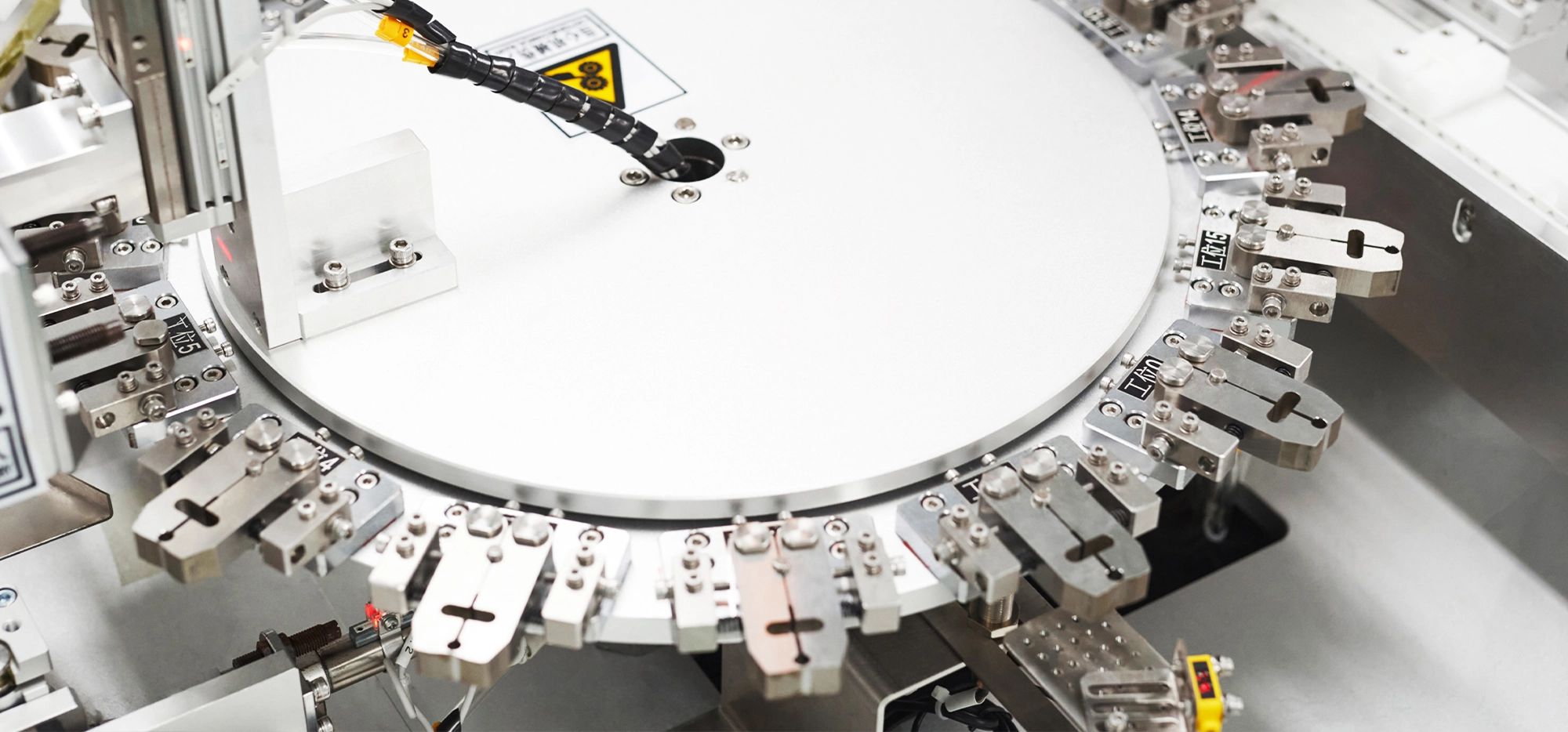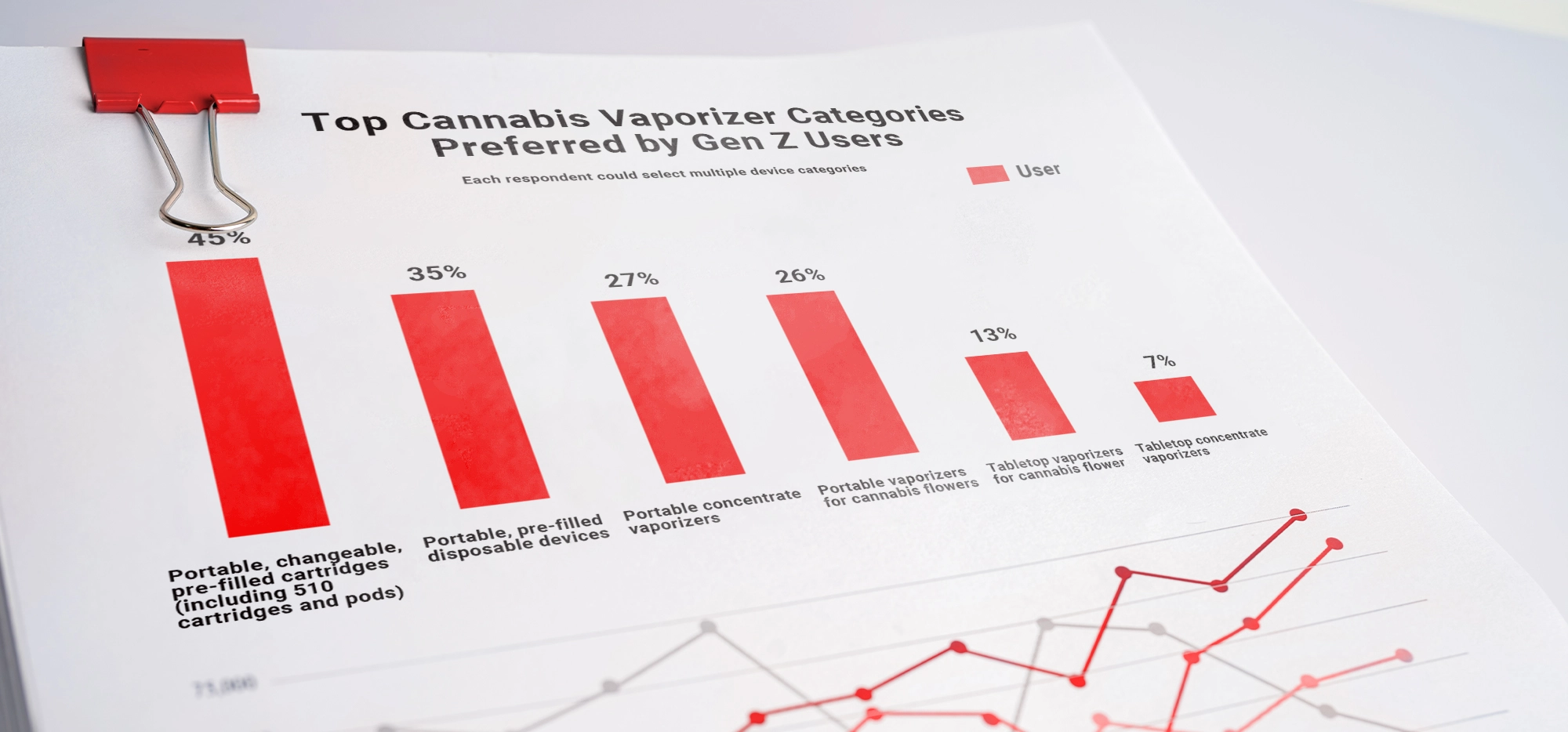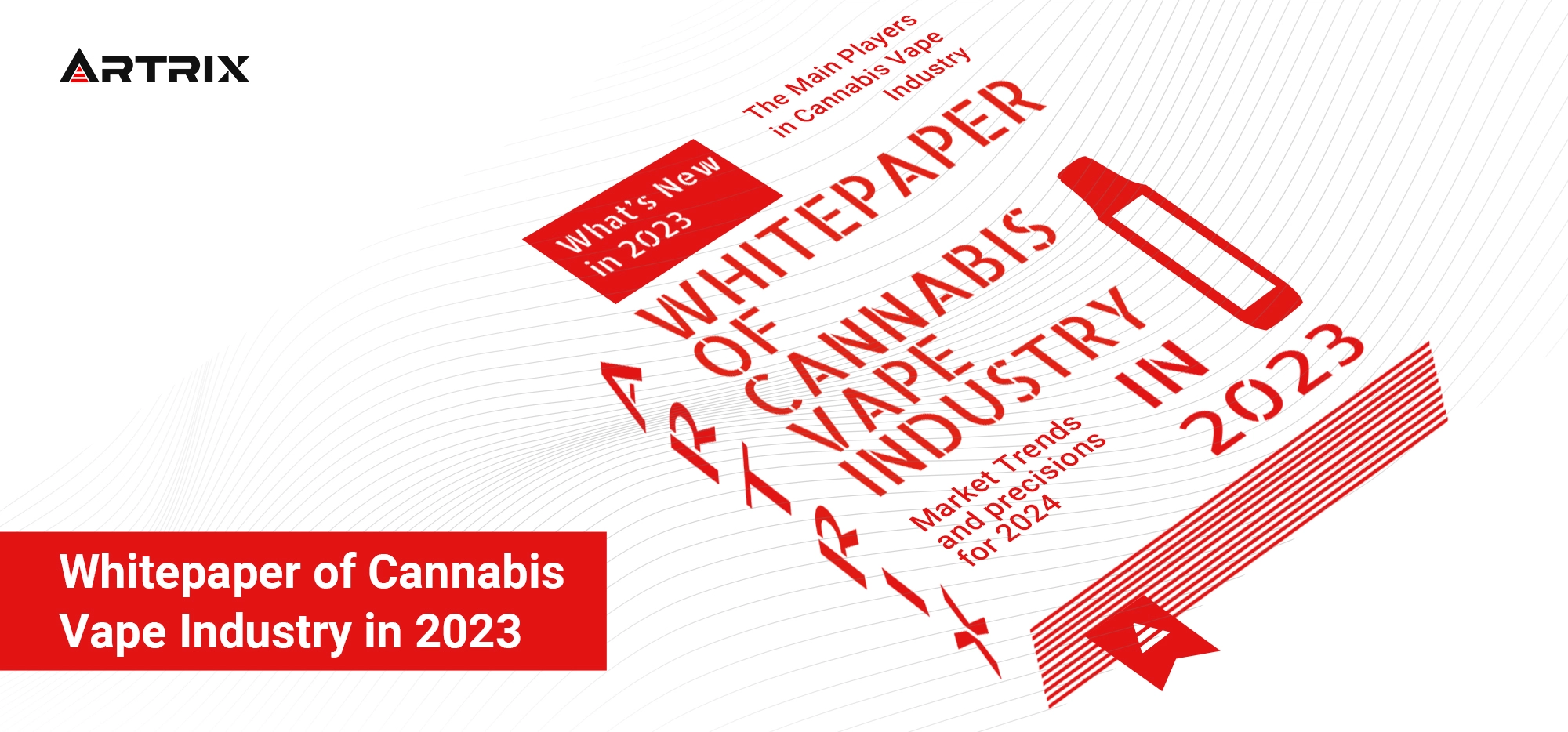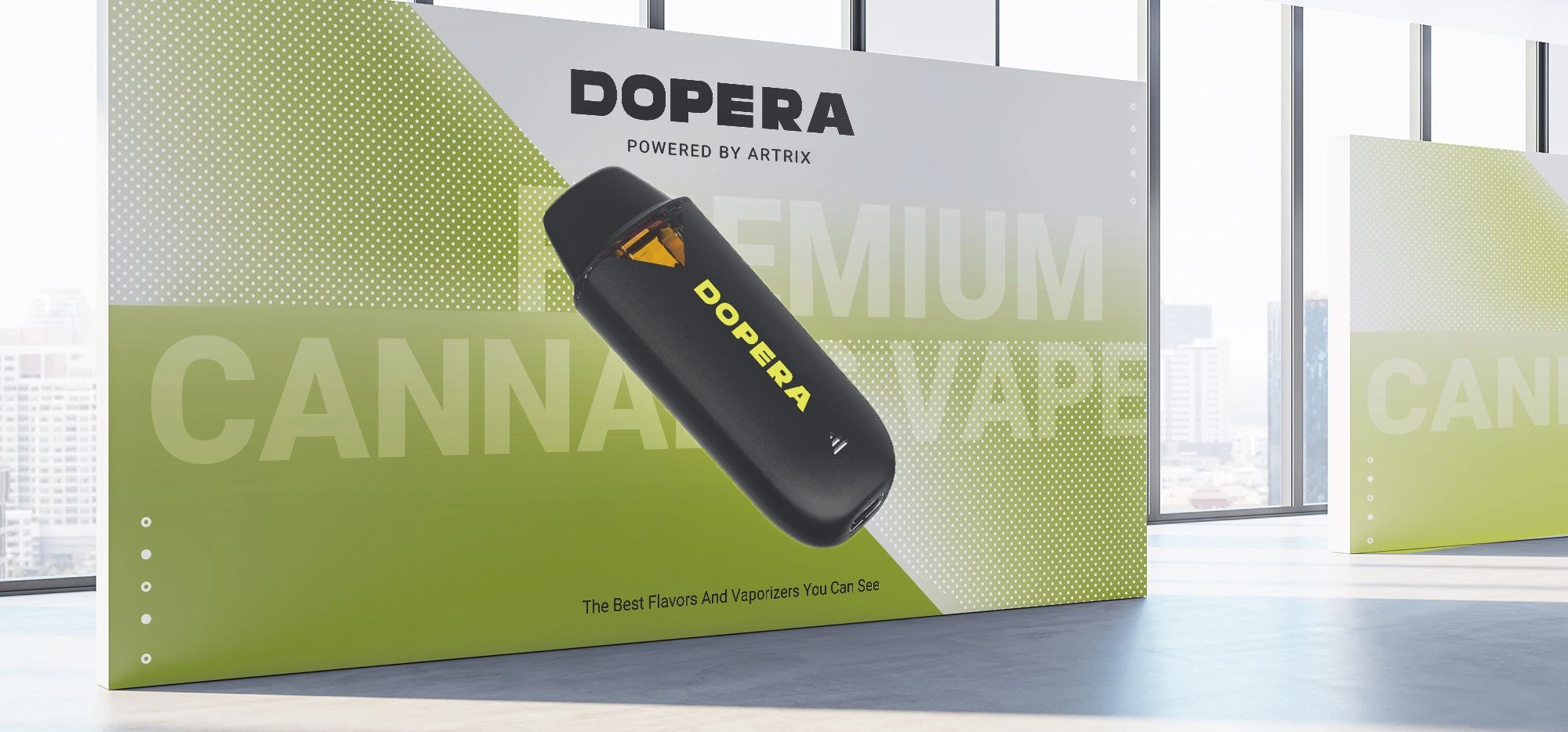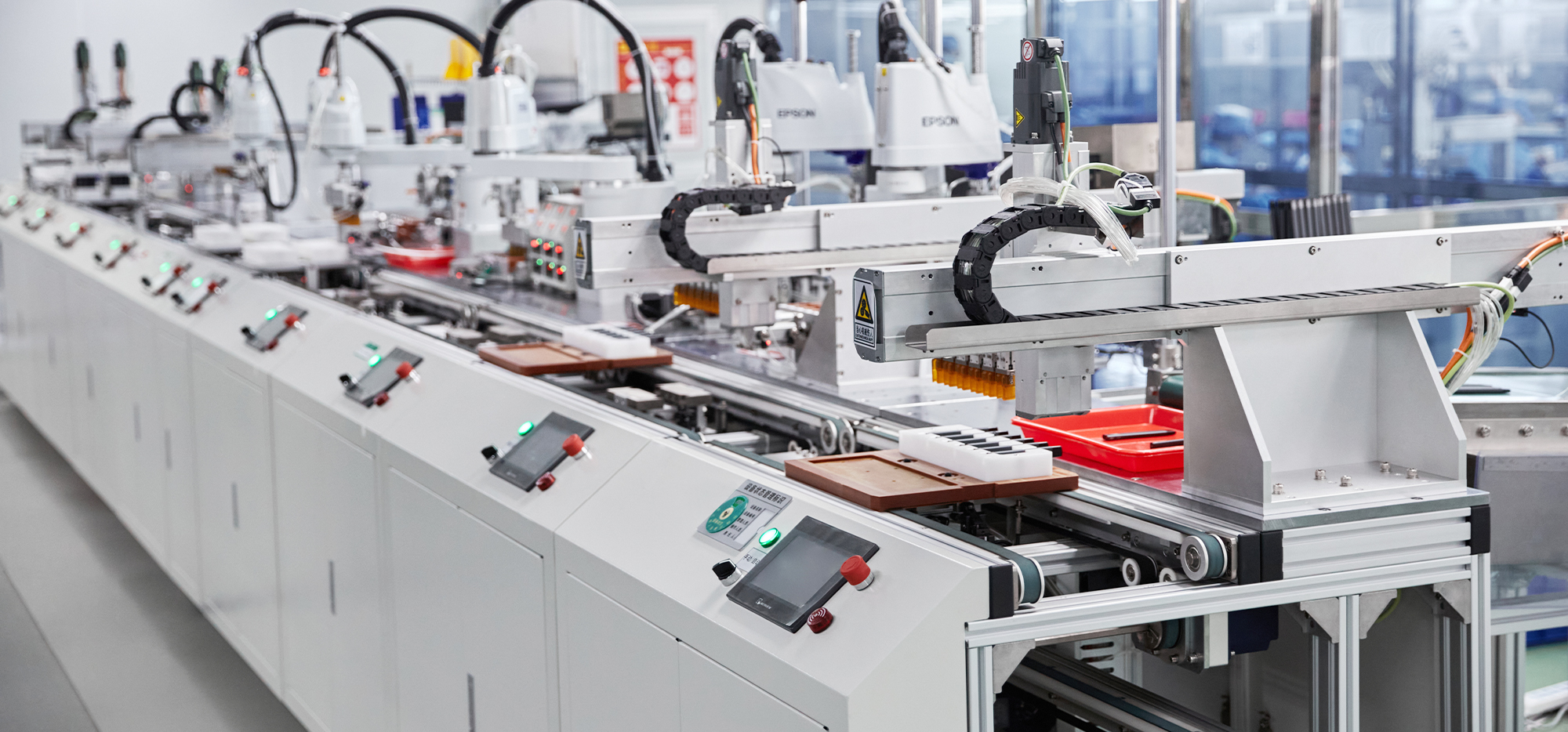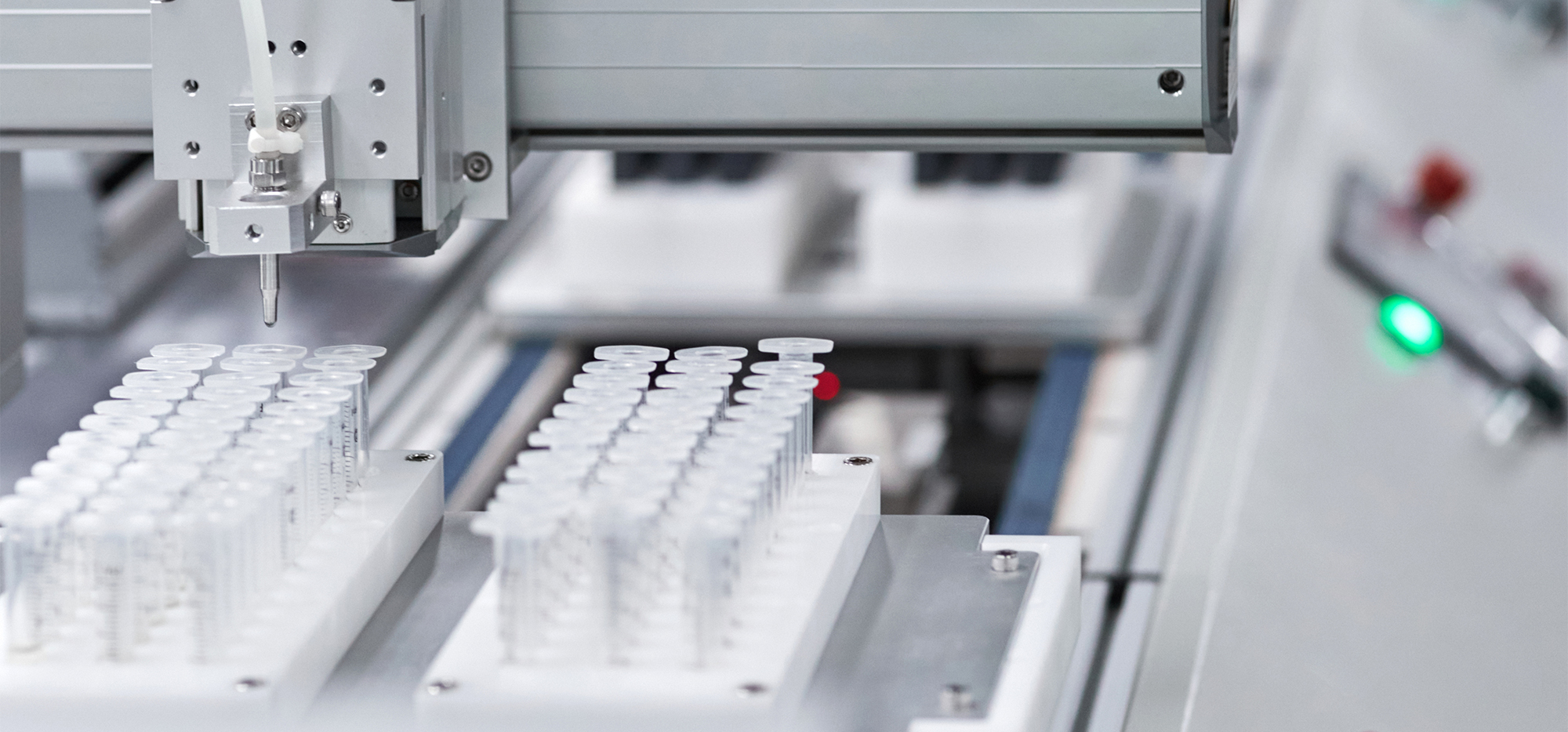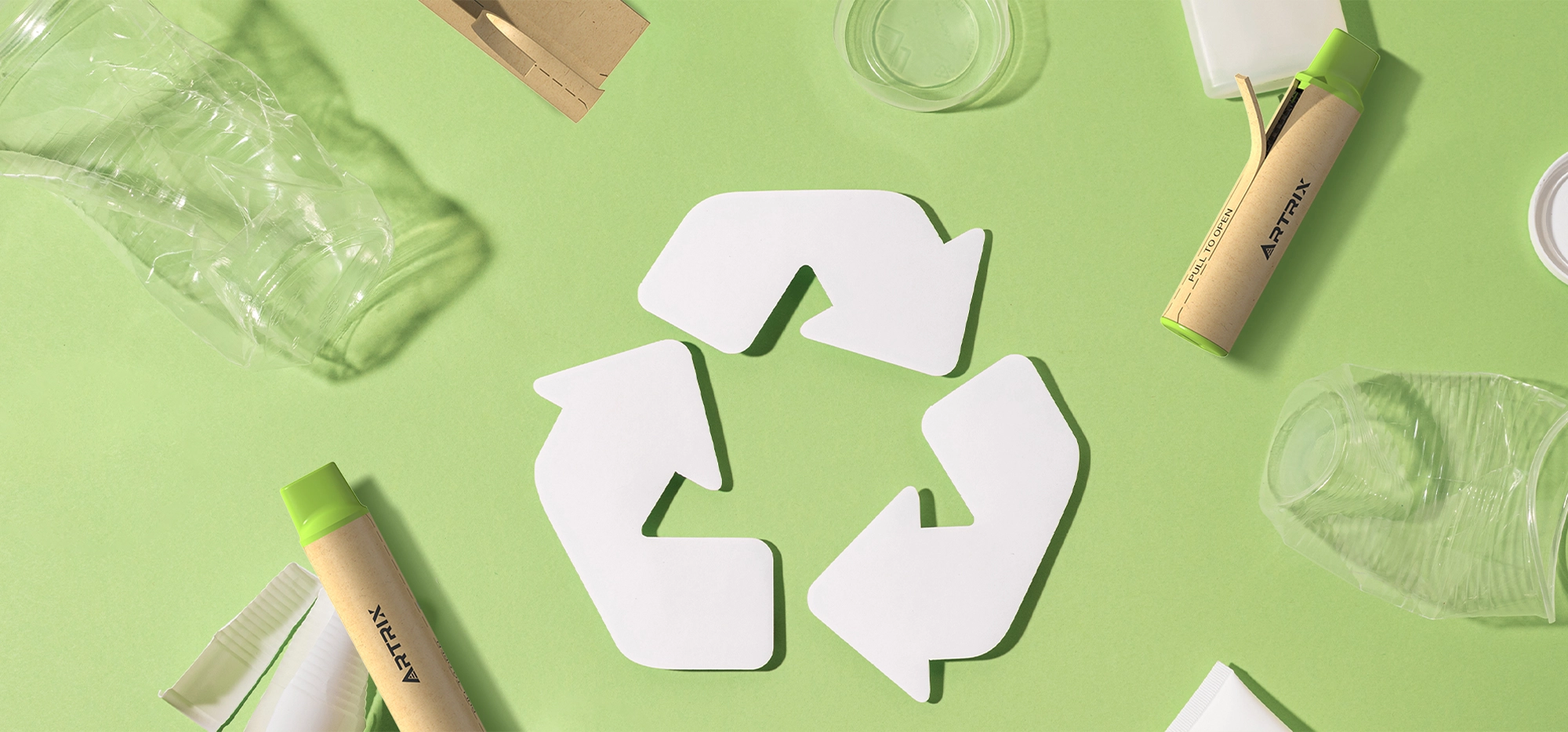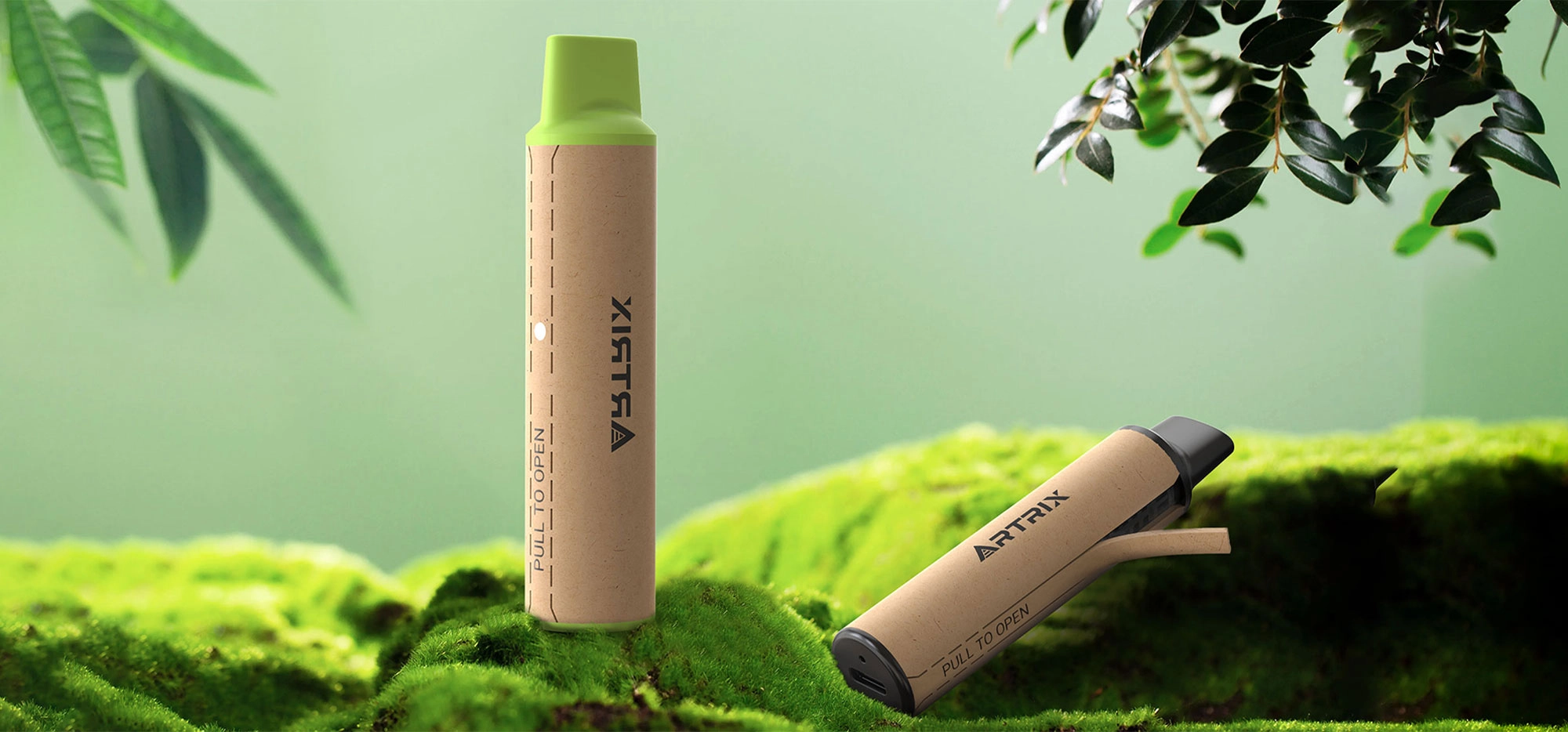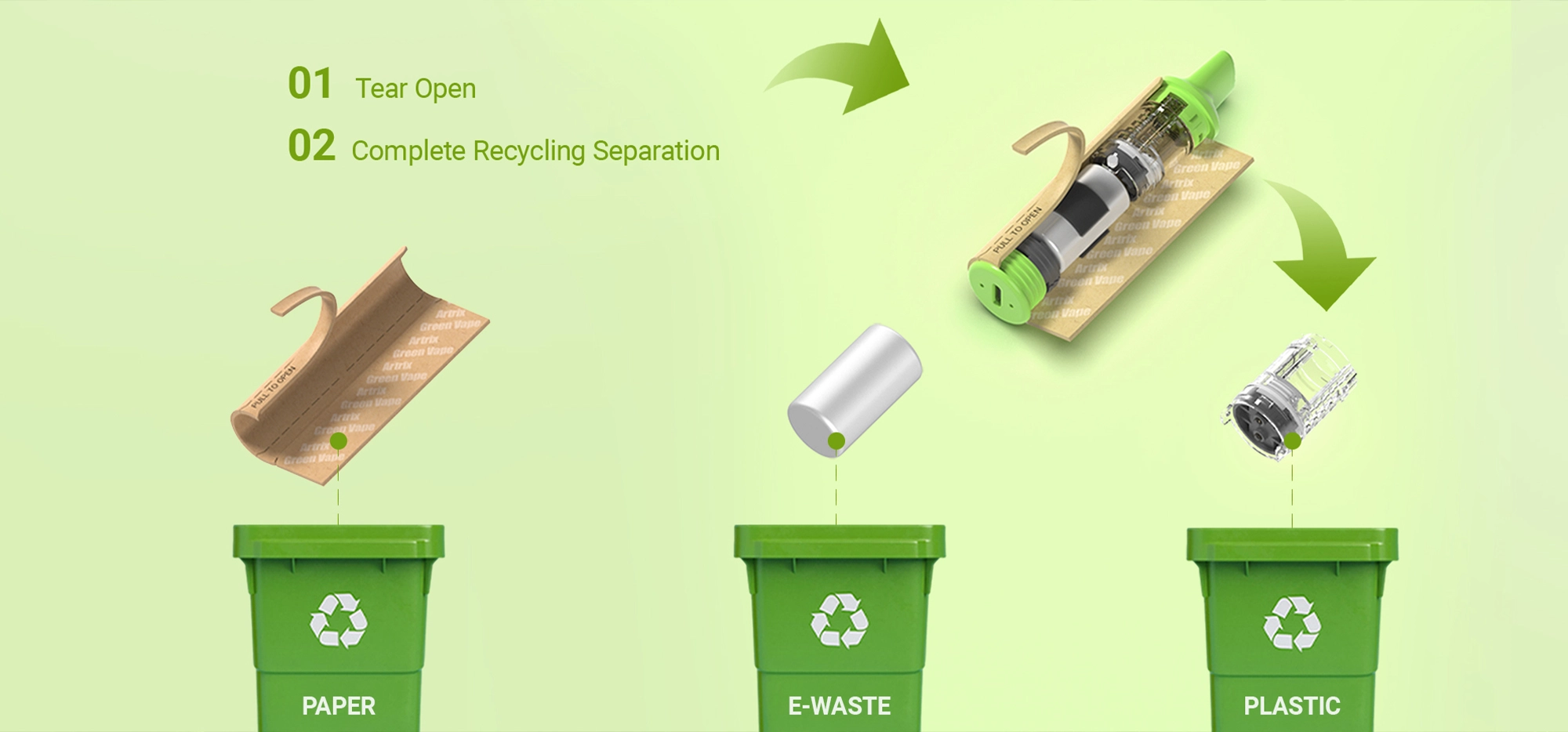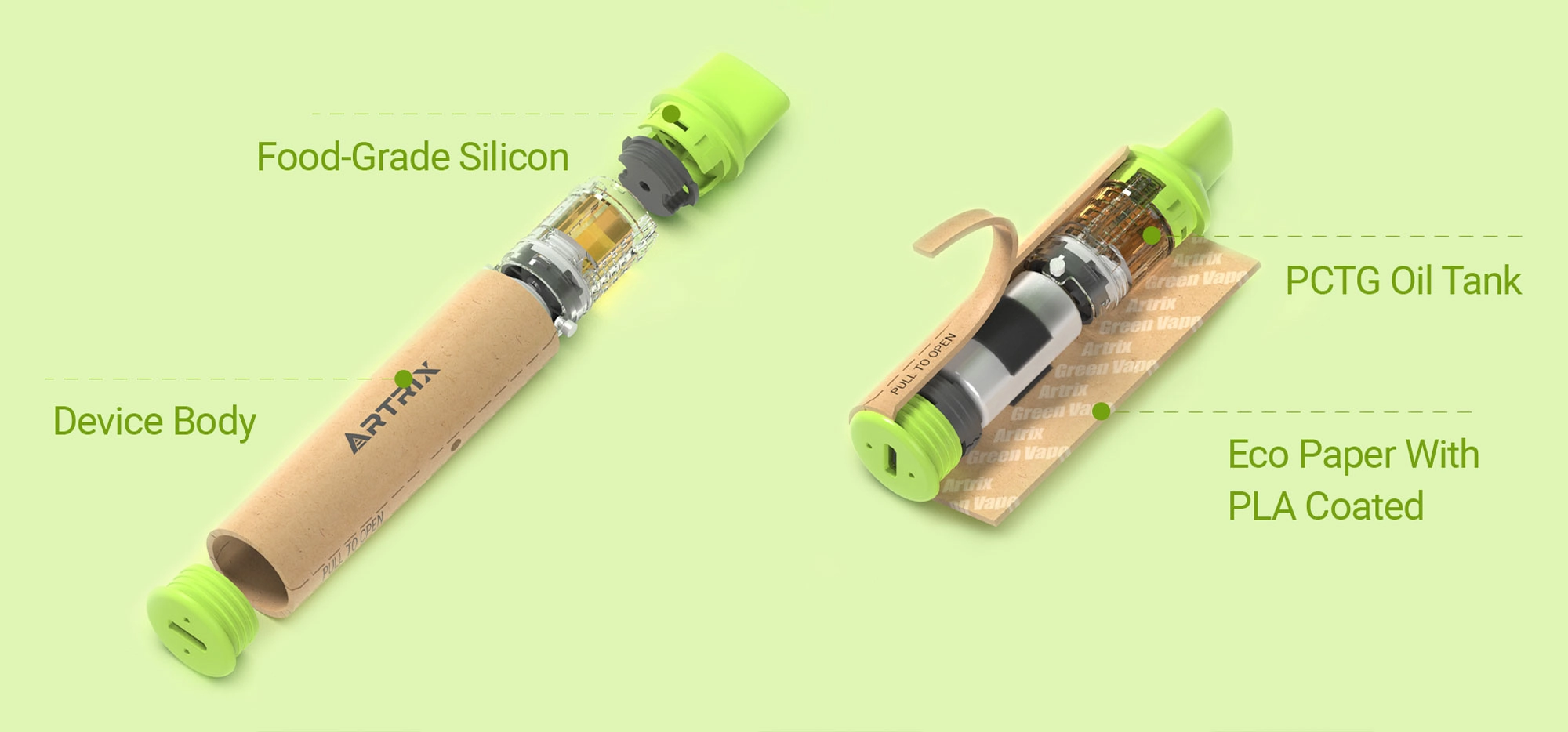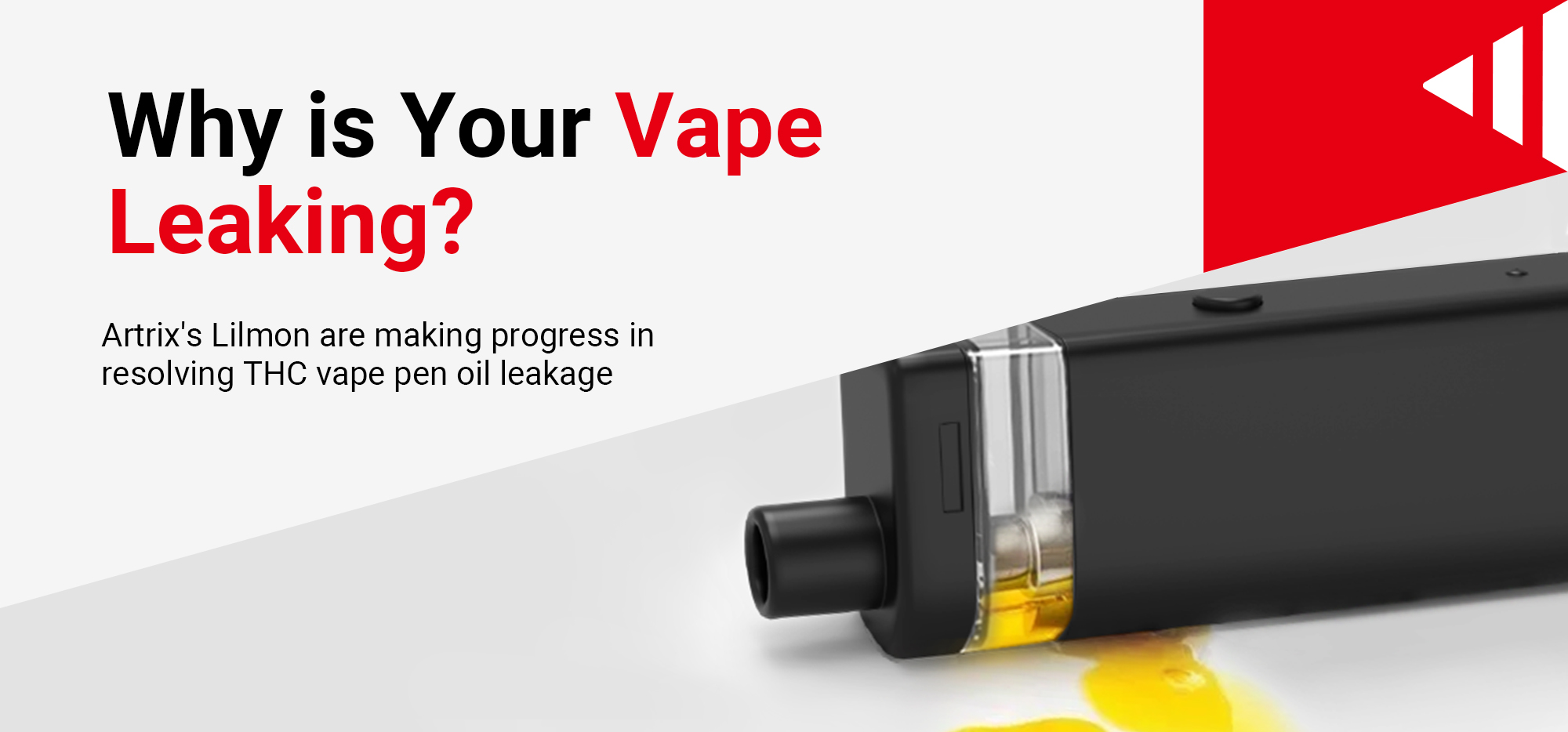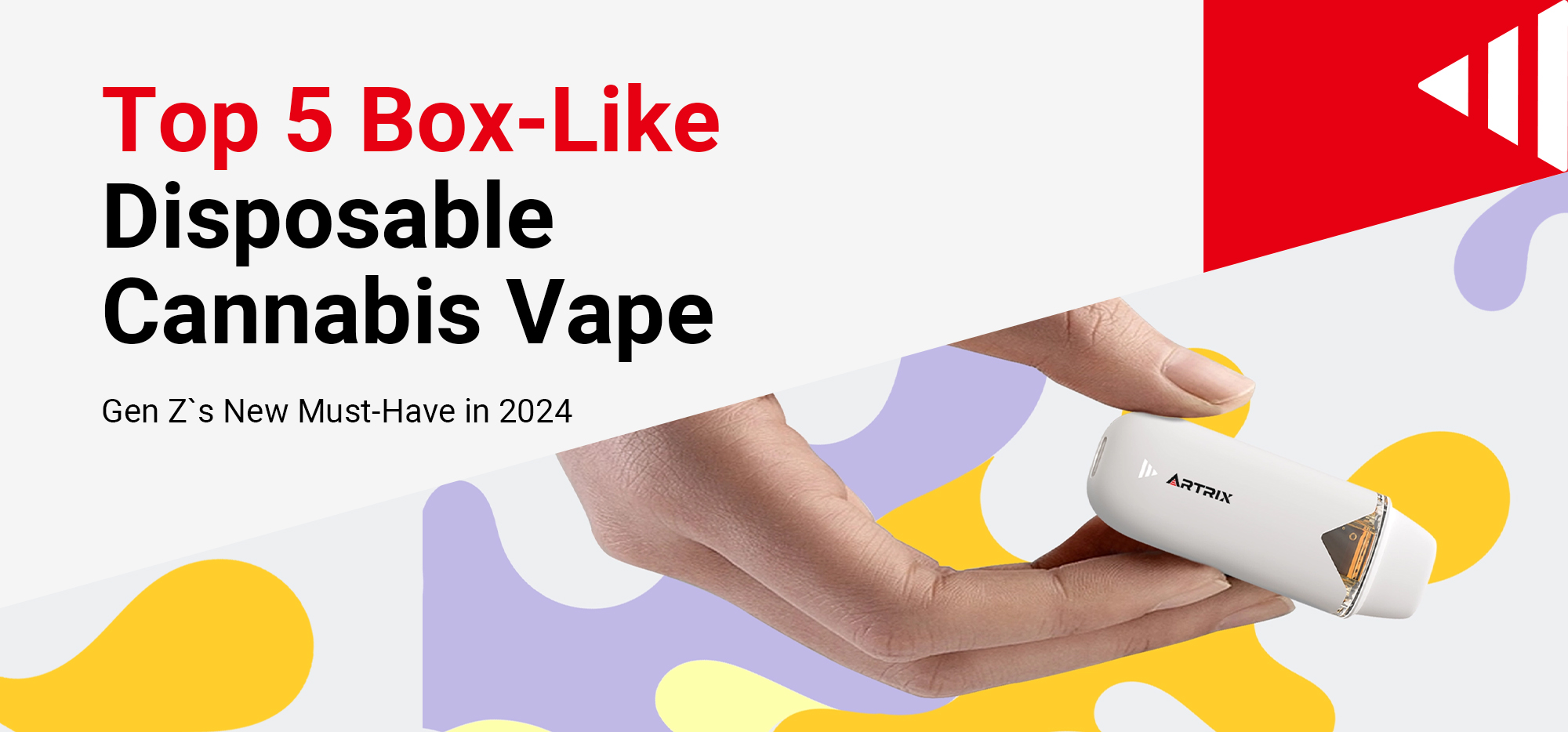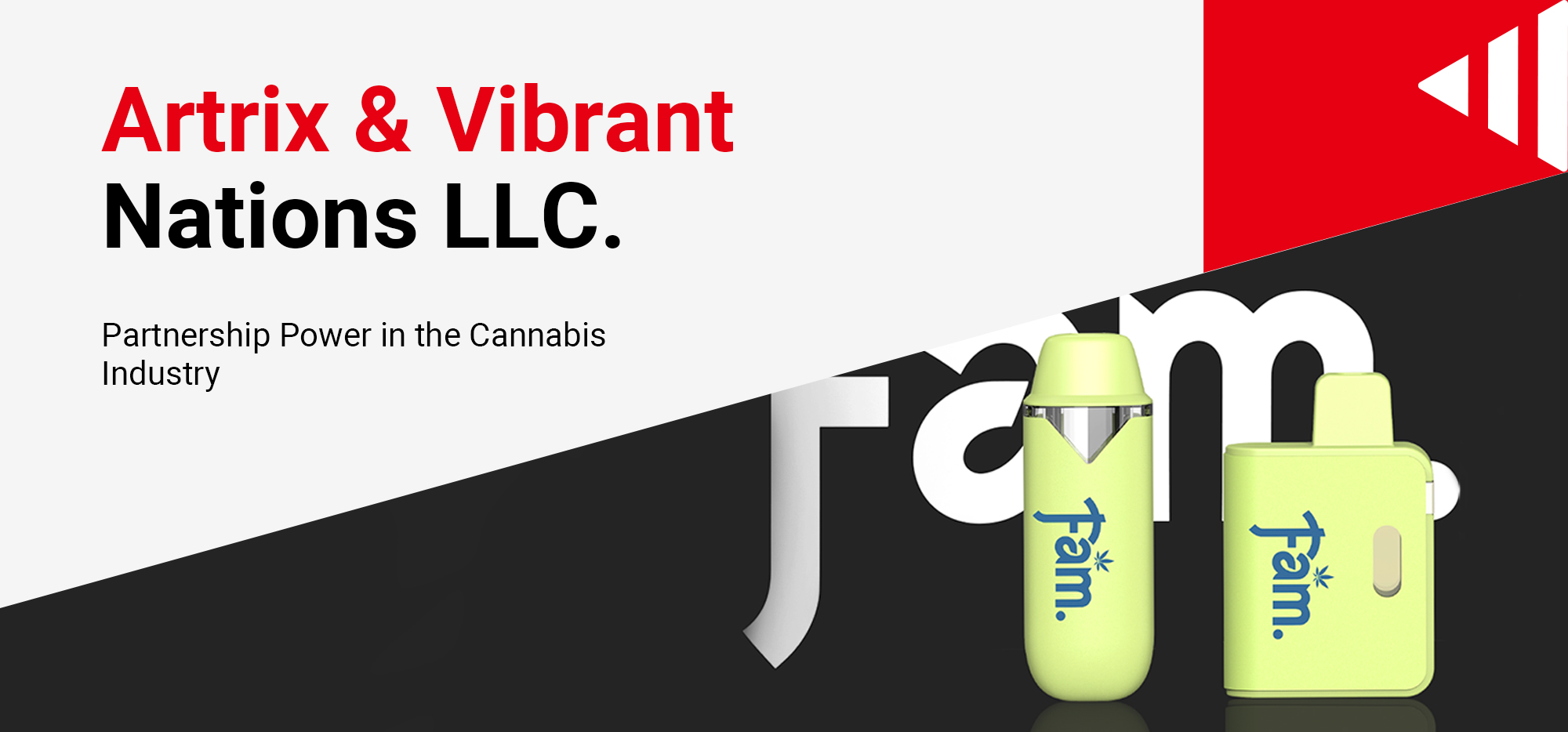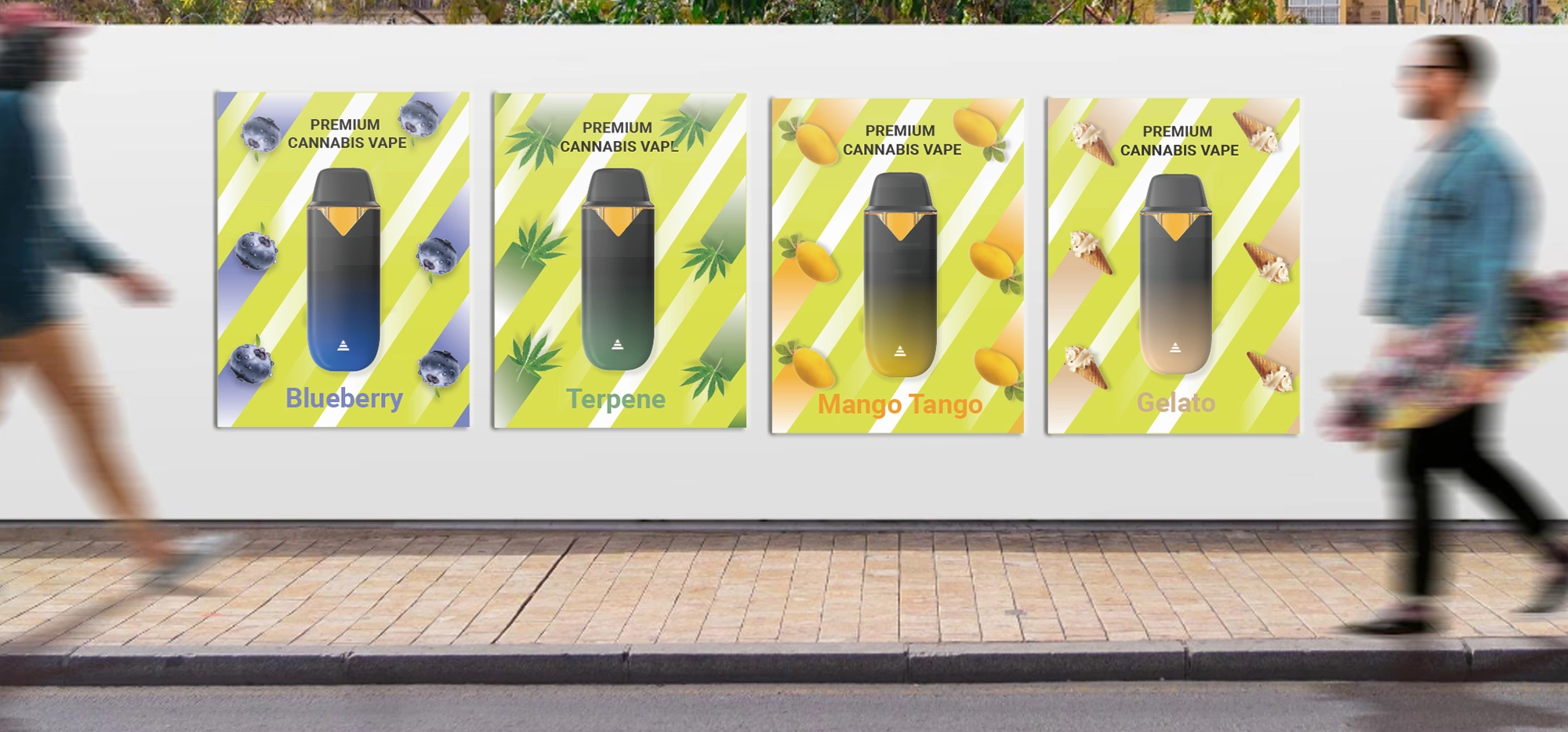Sustainability in the Cannabis Industry: Recycle THCa Disposable Vapes Practices
Known for their convenience and effectiveness, THCa disposable vapes have revolutionized the way cannabis is consumed. However, their increasing use has raised concerns about their environmental impact. With components that are often difficult to recycle disposable vapes, such as batteries, plastics, and metals, THCa disposable vapes pose sustainability challenges.
Recognizing the urgency of this issue, the cannabis industry is beginning to explore more eco-friendly practices. Initiatives like the Artrix Green Vape Program (AGVP) have been instrumental in promoting sustainability, providing innovative solutions to reduce waste and improve recycling efforts. While programs like AGVP are paving the way, understanding the role of consumers and the unique aspects of THCa disposable vapes can create a broader impact.
The Real Environmental Cost – Beyond Just Waste
Hidden Impacts in the Production Chain
The environmental footprint of THCa disposable vapes begins with resource extraction that occurs thousands of miles from the end consumer. Lithium mining for batteries requires approximately 2,000 tons of brine to produce just one ton of lithium carbonate, often in water-scarce regions like Chile’s Atacama Desert. This process not only depletes local water supplies but also disrupts fragile ecosystems that have existed for millennia.
The plastic components present their own challenges, with most vape housings made from polycarbonate or ABS plastics derived from petroleum. Manufacturing these materials generates significant greenhouse gas emissions, with each gram of plastic producing approximately 2.5 grams of CO2 equivalent during production. The small electronic components require rare earth elements like neodymium and dysprosium, predominantly mined in regions with limited environmental oversight.
Perhaps most concerning is the energy-intensive manufacturing process. Producing a single disposable vape requires approximately 15-20 kilowatt-hours of energy, equivalent to running a household LED light bulb for over 1,000 hours. When scaled across the industry’s annual production of 150 million units, this represents the same energy consumption as powering 25,000 American homes for an entire year.
The Compounding Waste Crisis
The disposal phase creates a complex waste stream that challenges existing recycling infrastructure. Each disposable vape contains multiple material types that require different processing methods: lithium-ion batteries need specialized handling to prevent fire hazards, plastics must be sorted by polymer type, and metal components require separation from contaminated materials.
The cannabis residue adds another layer of complexity. Residual THCa and terpenes can contaminate recycling streams, making standard e-waste processing facilities reluctant to accept these products. This contamination concern has led many municipal recycling programs to explicitly exclude cannabis-related electronic waste, leaving consumers with few proper disposal options.
Regulatory Gaps and System Failures
Current environmental regulations struggle to address the unique challenges posed by cannabis vaping products. Federal oversight remains fragmented due to cannabis’s legal status, while state regulations focus primarily on product safety rather than environmental impact. This regulatory vacuum has allowed manufacturers to prioritize convenience and cost over sustainability considerations.
The lack of extended producer responsibility frameworks means manufacturers bear no cost for the environmental impact of their products after sale. Unlike other electronic products that include recycling fees or take-back programs, disposable vapes are sold without any mechanism to fund proper disposal or recycling infrastructure.
Interstate commerce restrictions further complicate waste management. Cannabis vapes cannot be transported across state lines for recycling, even when disposed of properly, limiting the development of centralized processing facilities that could achieve economies of scale. This fragmentation results in inefficient local solutions that often default to landfill disposal rather than proper recycling.
The absence of standardized environmental impact reporting means consumers lack the information needed to make informed choices. Without mandatory lifecycle assessments or sustainability labeling, even environmentally conscious consumers cannot easily identify more sustainable options within the disposable vape category.
Steps Toward Sustainable THCa Vaping
Sustainability in THCa vaping involves collaboration between brands, consumers, and policymakers. Programs like the Artrix Green Vape Program (AGVP) demonstrate how the industry can innovate to address these challenges. AGVP’s Eco Bar disposable vape, for instance, incorporates recyclable materials and an EcoTear design that reduces waste and energy use. AGVP helps move the industry toward more sustainable practices by setting a precedent for greener product design
Consumers can also take action to minimize their environmental footprint. Opting for products made from recyclable materials or choosing rechargeable vapes over single-use ones can significantly reduce waste. Participating in recycling programs provided by brands further ensures that used devices are processed responsibly.
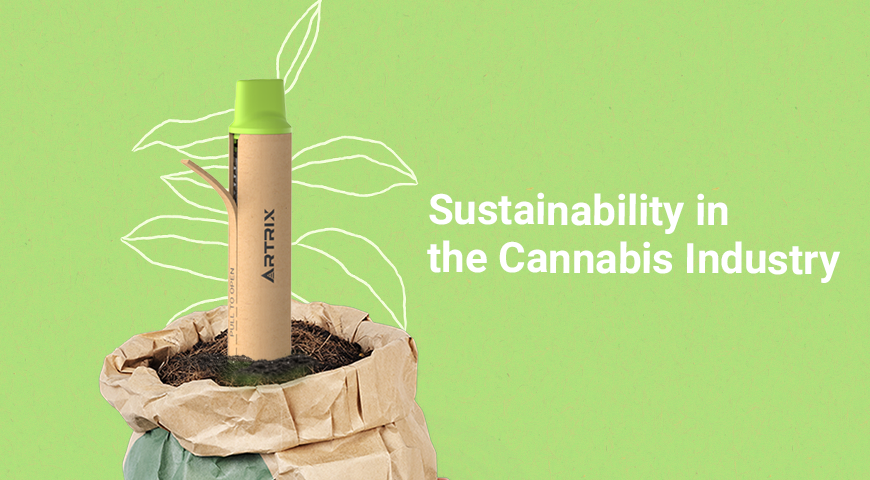
The Importance of Recycle Disposable Vapes
Recycle disposable vapes plays a key role in reducing the environmental impact of THCa vapes. Many components, such as batteries and cartridges, can be reused or repurposed when properly recycled. Unfortunately, the lack of widespread recycling programs for cannabis products poses a significant barrier.
Efforts like those by AGVP, which offer collection points and mail-back programs for used devices, help bridge this gap. These initiatives not only promote responsible disposal but also raise awareness about the importance of recycling within the cannabis community. As more brands adopt similar practices, the potential for large-scale impact grows.
Balancing Consumer Demand with Sustainability
The convenience and efficiency of THCa disposable vapes make them highly appealing, but balancing these benefits with environmental concerns is essential. Educating consumers about the lifecycle of their products and encouraging eco-friendly choices can drive change. Simple actions, such as supporting brands with sustainable practices or properly disposing of used devices, can collectively make a significant difference.
Innovation within the industry also plays a critical role. By investing in research and development, brands can create products that are both effective and environmentally responsible. For instance, the use of biodegradable plastics and more energy-efficient manufacturing processes can reduce the overall impact of disposable vapes.
AGVP: The Role of Innovation in Sustainability
Innovation is at the heart of creating a sustainable future for THCa disposable vapes. Advances in material science have led to the development of biodegradable alternatives to traditional plastics, offering a promising solution to waste challenges. Similarly, improvements in battery technology are paving the way for more durable and less environmentally harmful options.
Programs like AGVP exemplify how innovation can drive sustainability. By incorporating cutting-edge designs and materials, these initiatives demonstrate that eco-friendly practices are not only possible but also economically viable. As more brands follow suit, the industry as a whole can benefit from reduced waste and improved environmental stewardship.

Sustainability as a Shared Responsibility
Achieving sustainability in the cannabis industry requires collaboration at every level. Brands must take the lead in designing and producing eco-friendly products, while consumers play a vital role in making responsible choices. Policymakers can also contribute by creating regulations and incentives that encourage sustainable practices.
By supporting initiatives like AGVP and adopting eco-conscious behaviors, the cannabis community can help mitigate the environmental impact of THCa disposable vapes. Together, these efforts can ensure that the benefits of cannabis are enjoyed without compromising the health of the planet.
Conclusion
THCa disposable vapes represent a significant innovation in cannabis consumption, offering convenience and versatility to users. However, their environmental impact cannot be ignored. By embracing sustainable practices and supporting programs like the Artrix Green Vape Program (AGVP), the industry can address these challenges head-on.
The path to sustainability is clear from recyclable materials to innovative product designs. With the combined efforts of brands, consumers, and policymakers, THCa vaping can evolve into a more eco-friendly practice. By taking action now, we can ensure a greener future for cannabis and the planet.

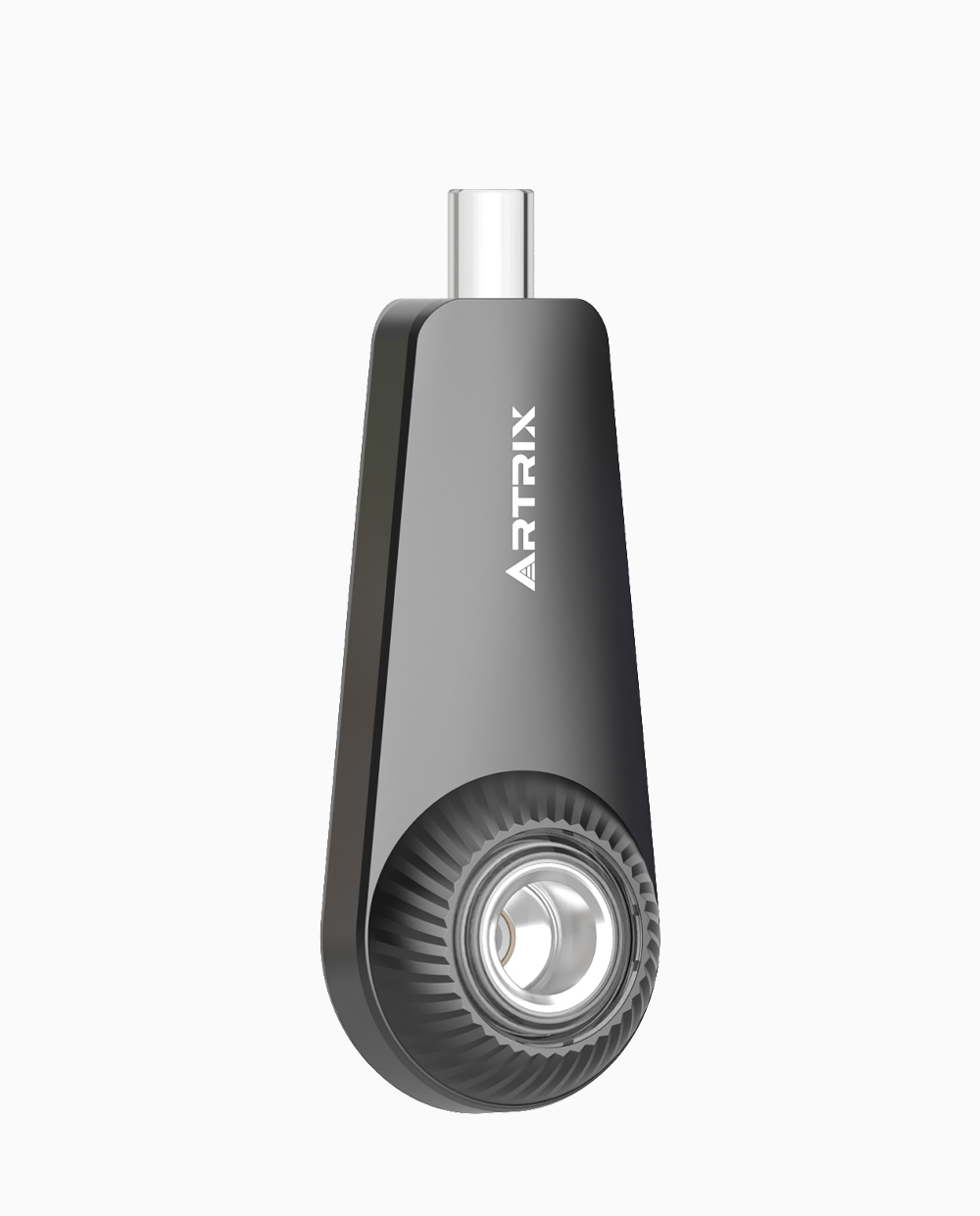

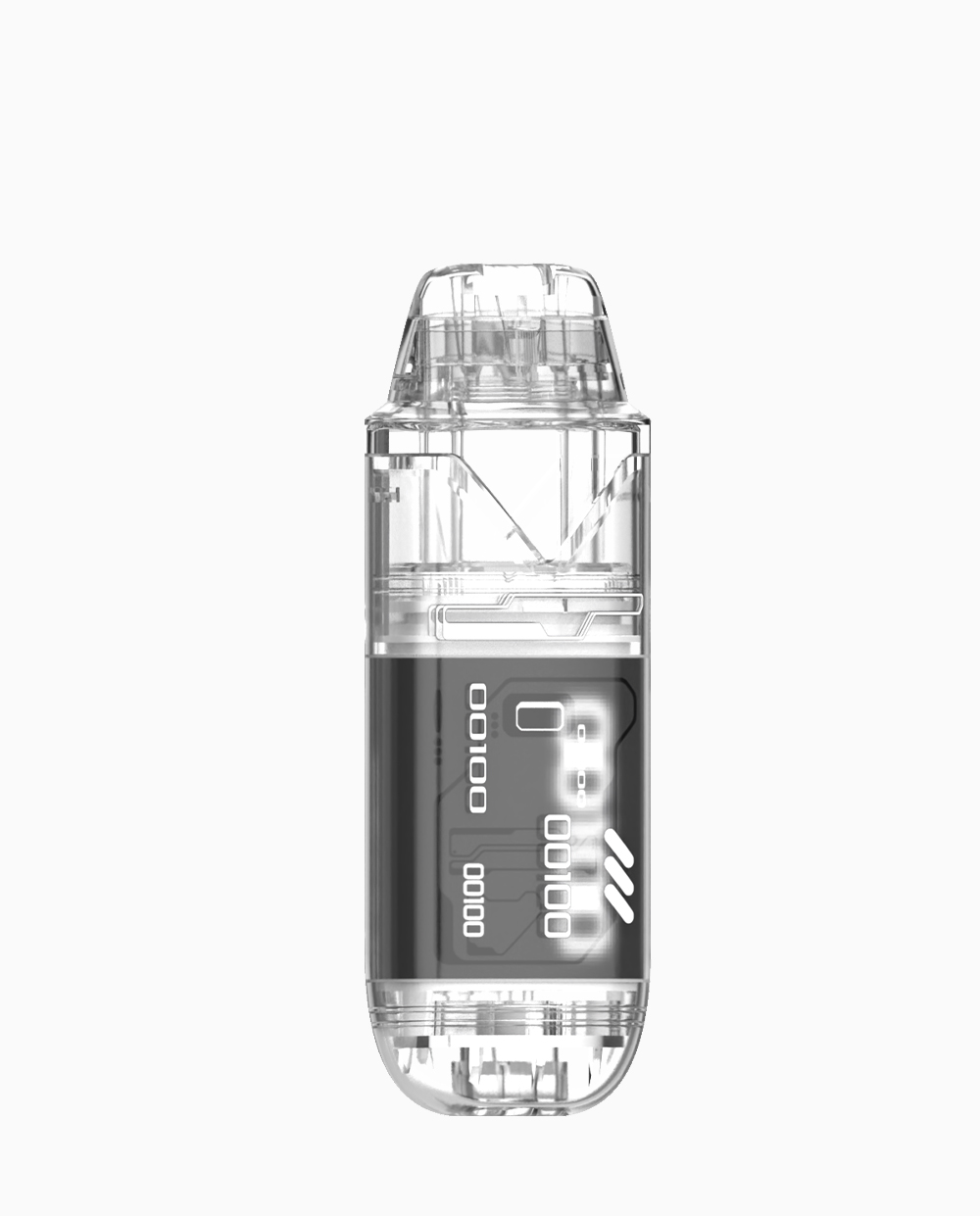
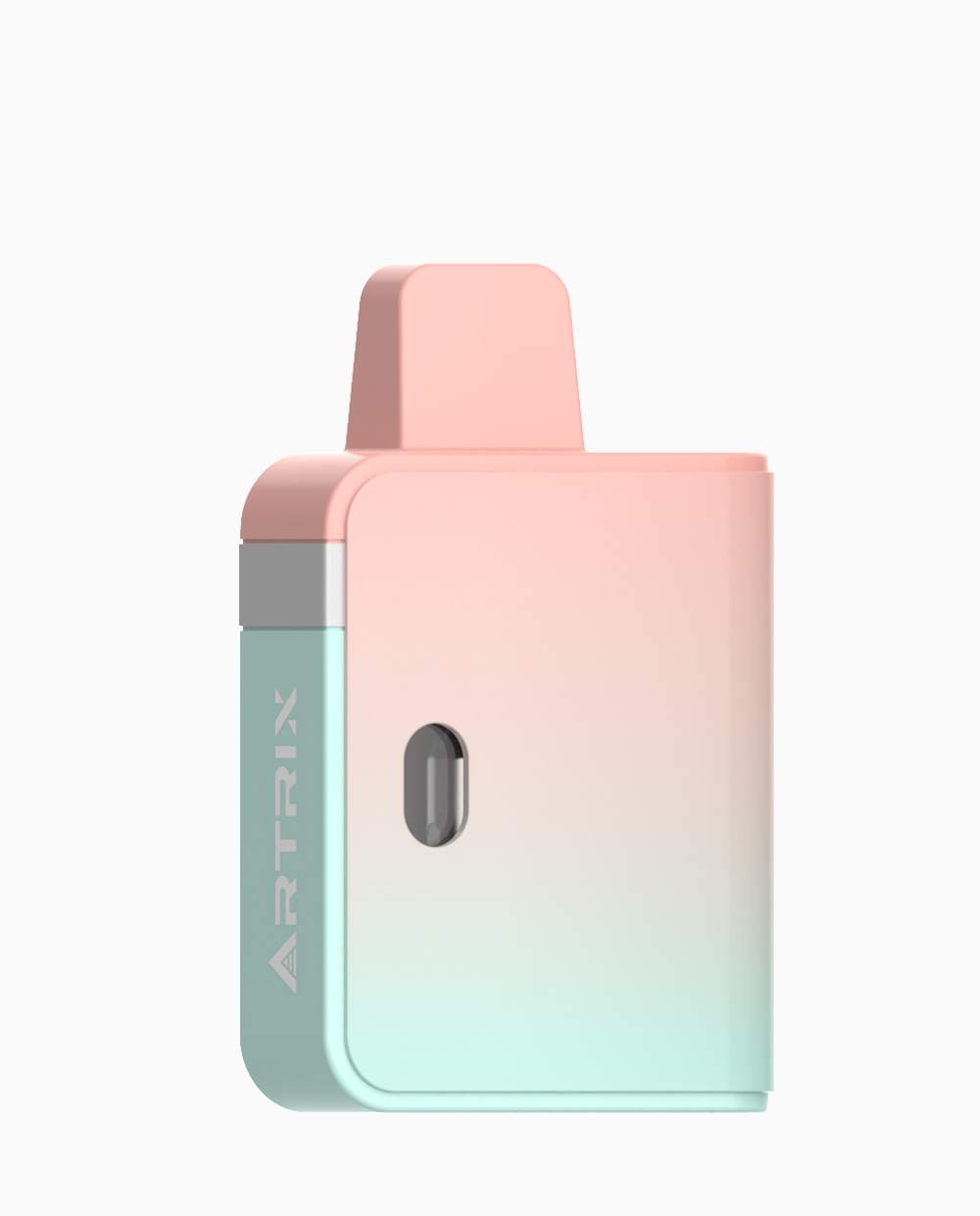
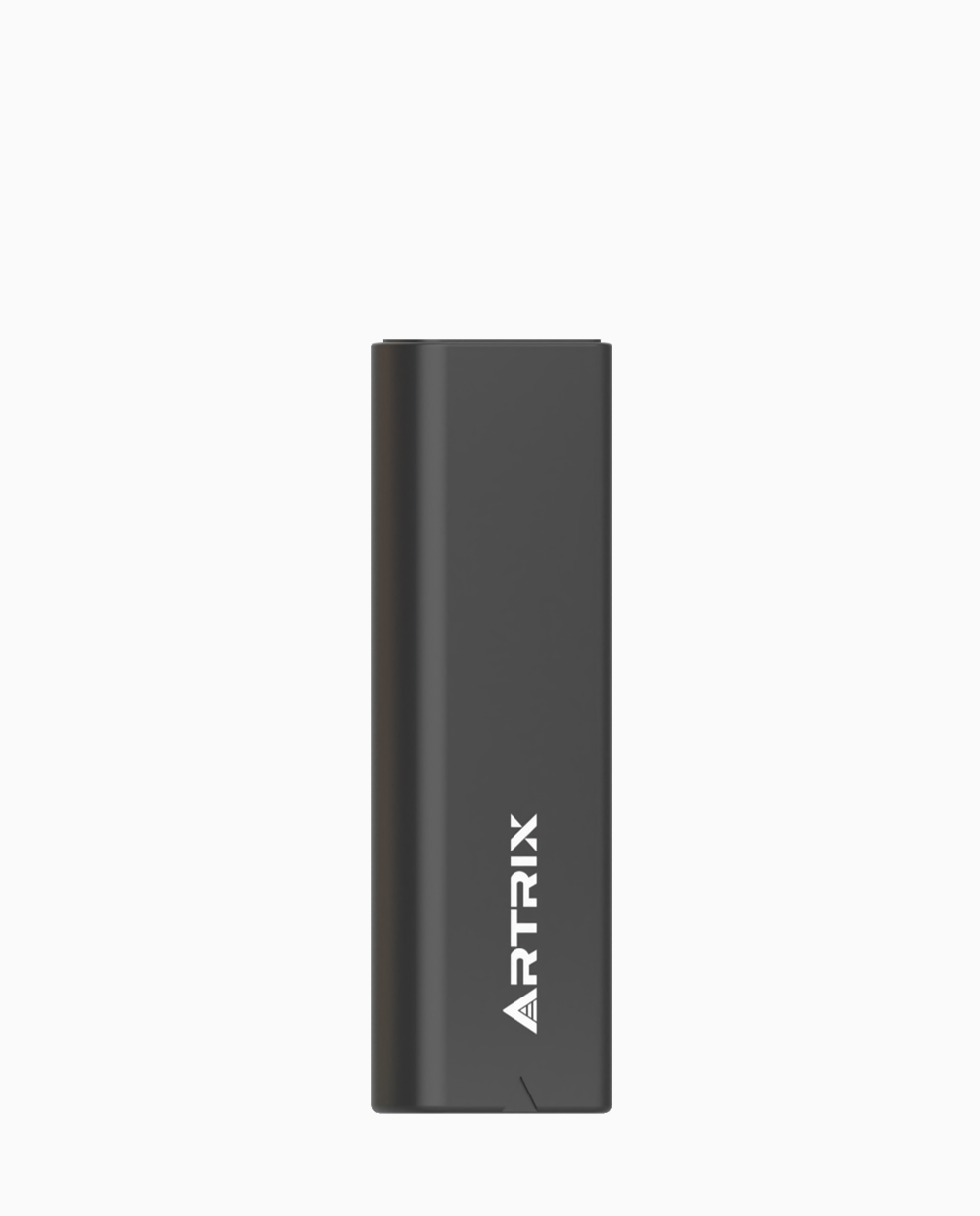
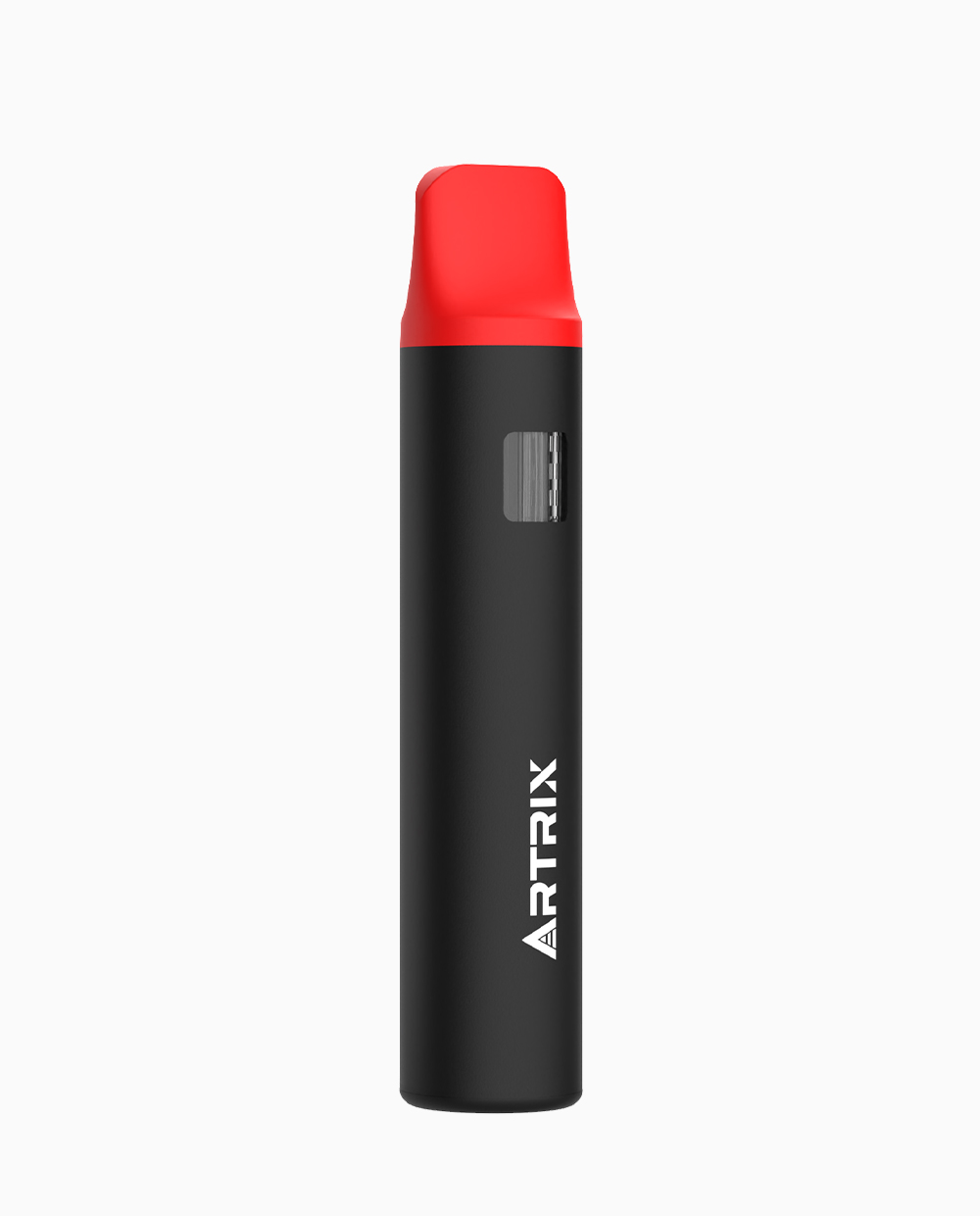
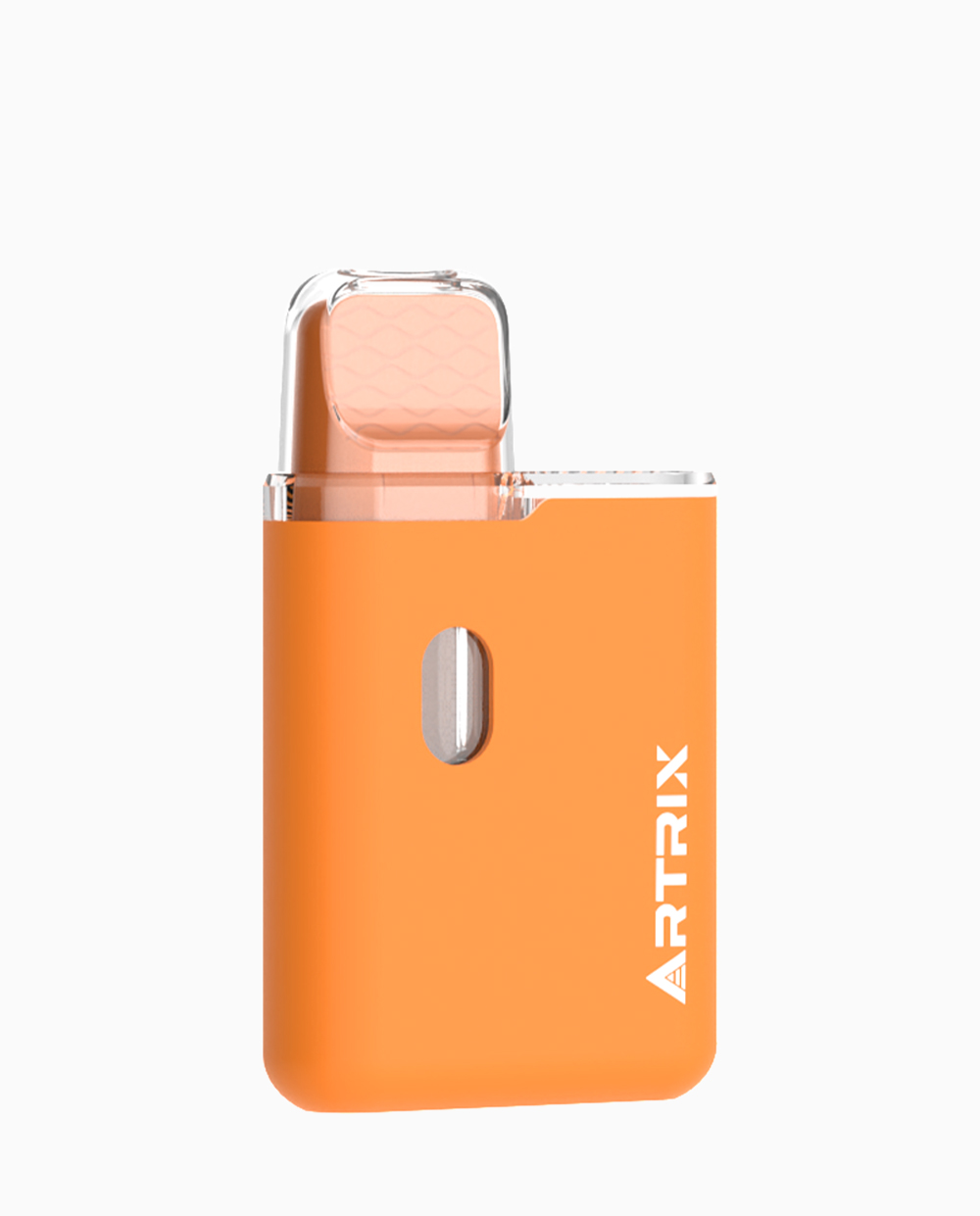
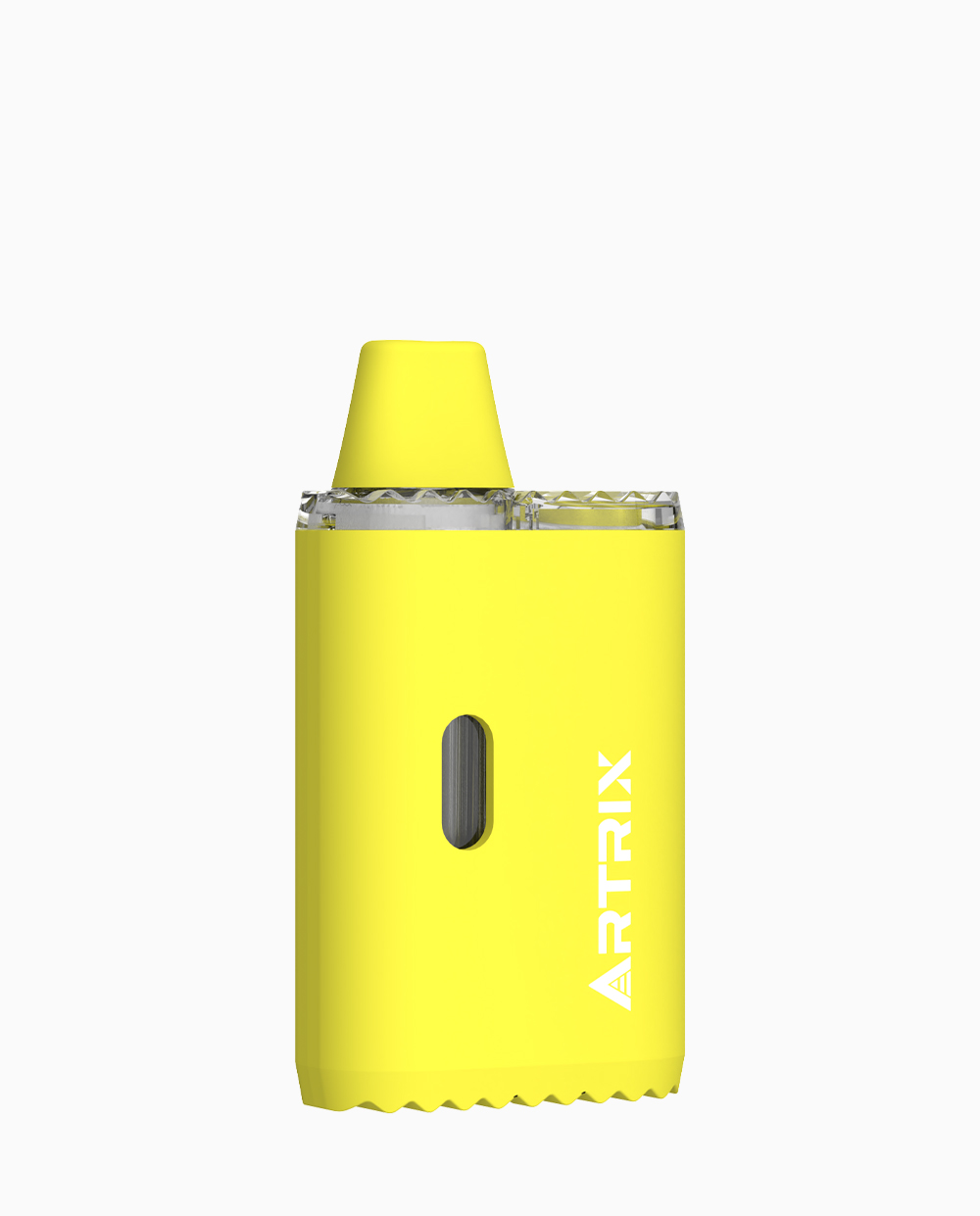


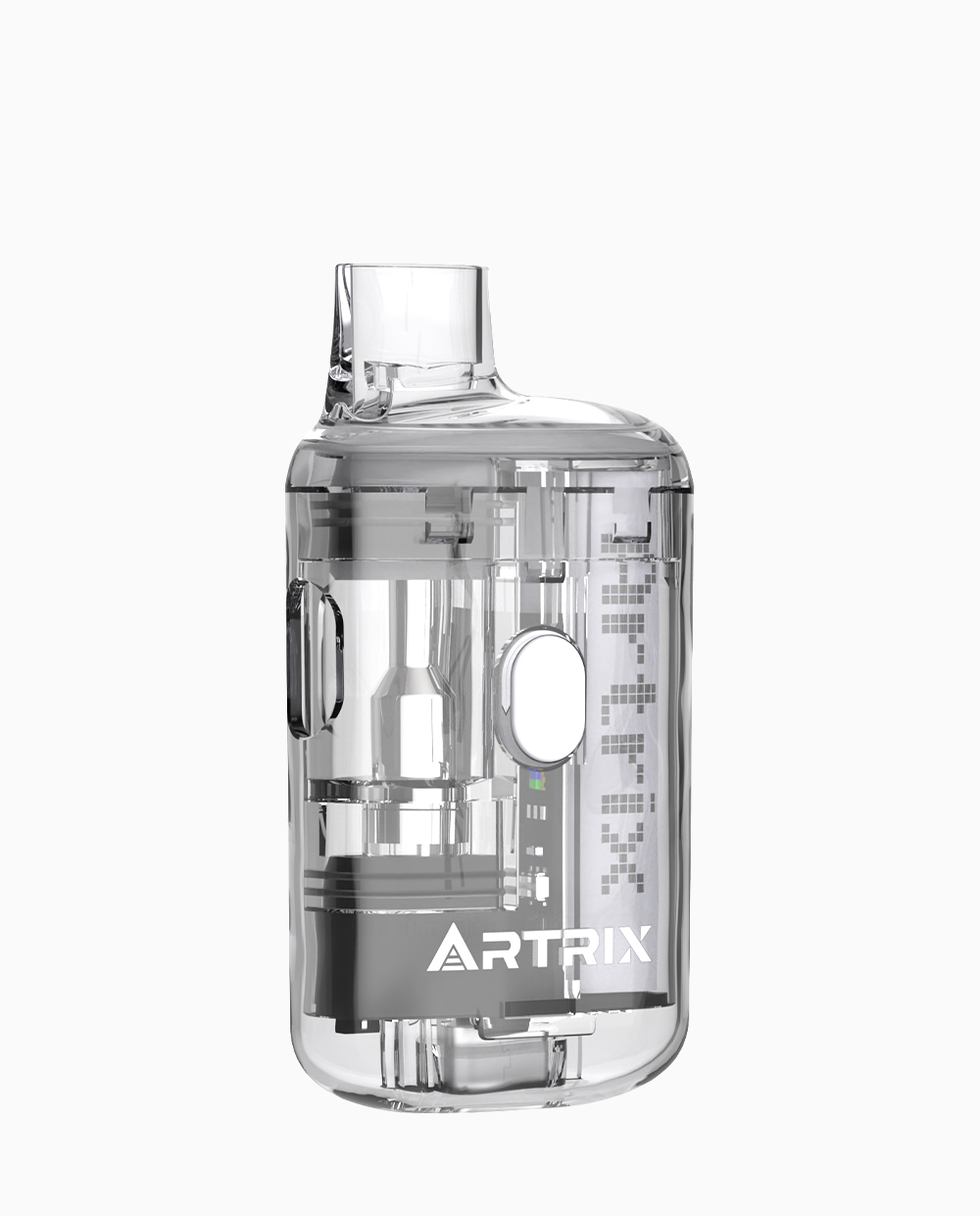
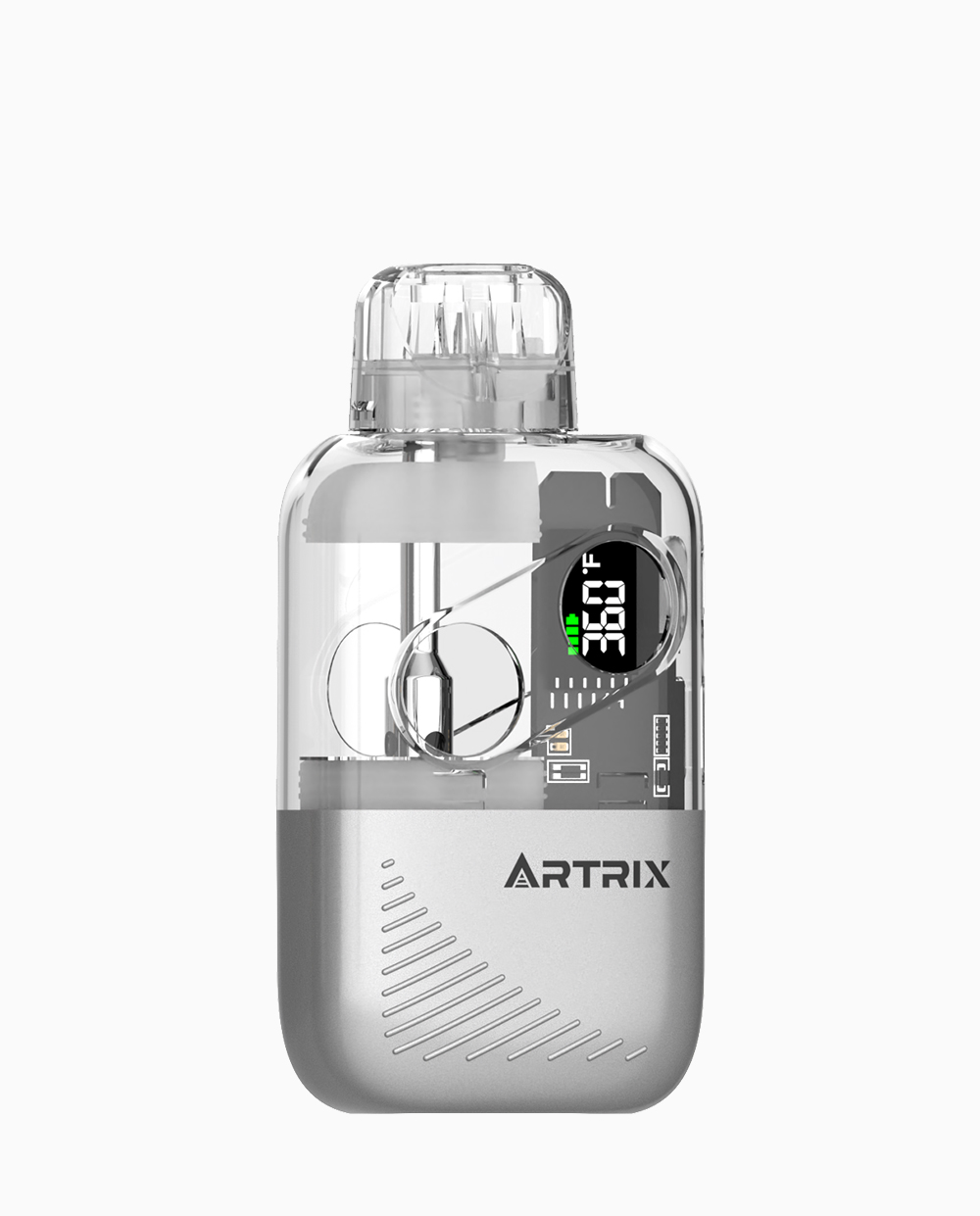

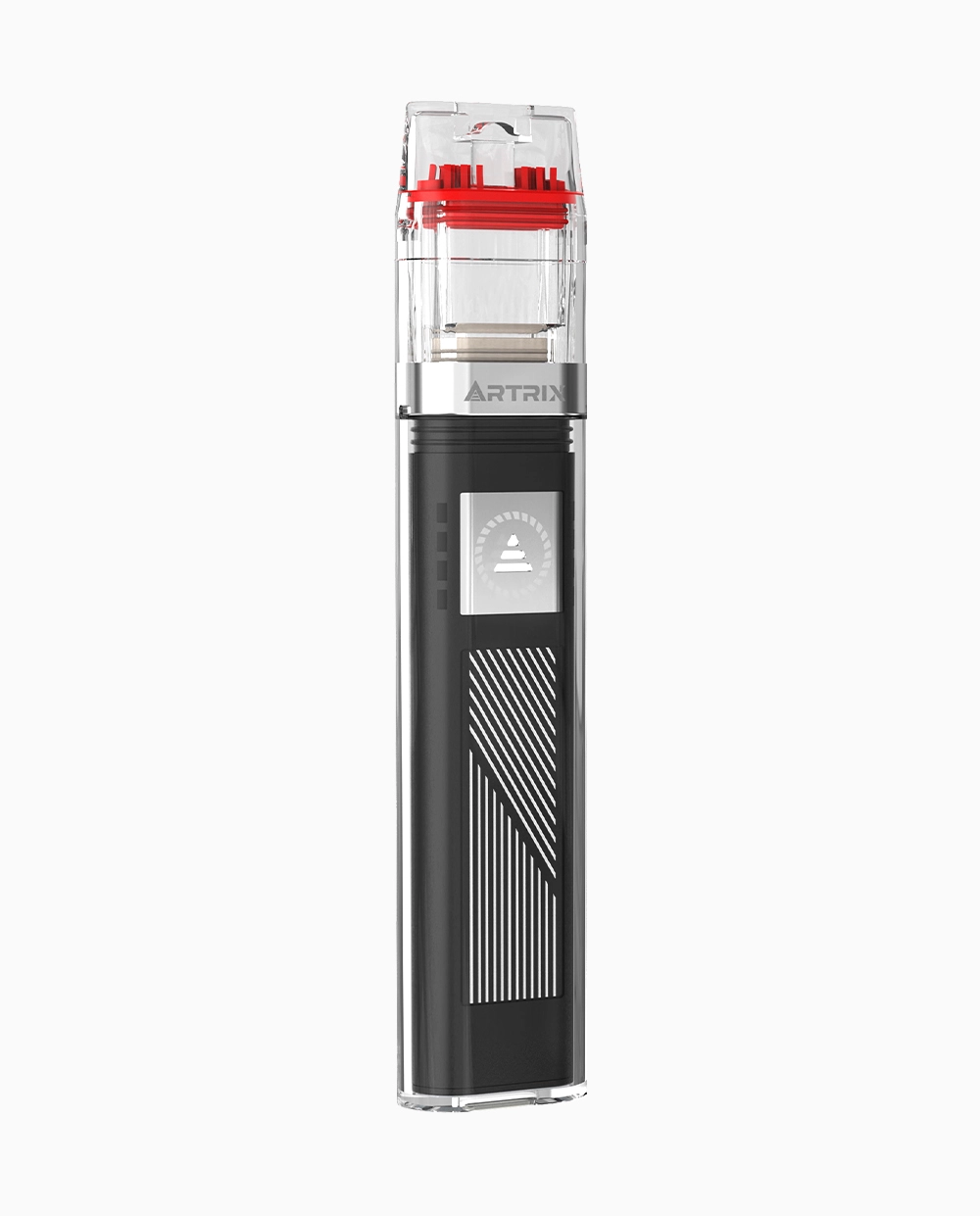
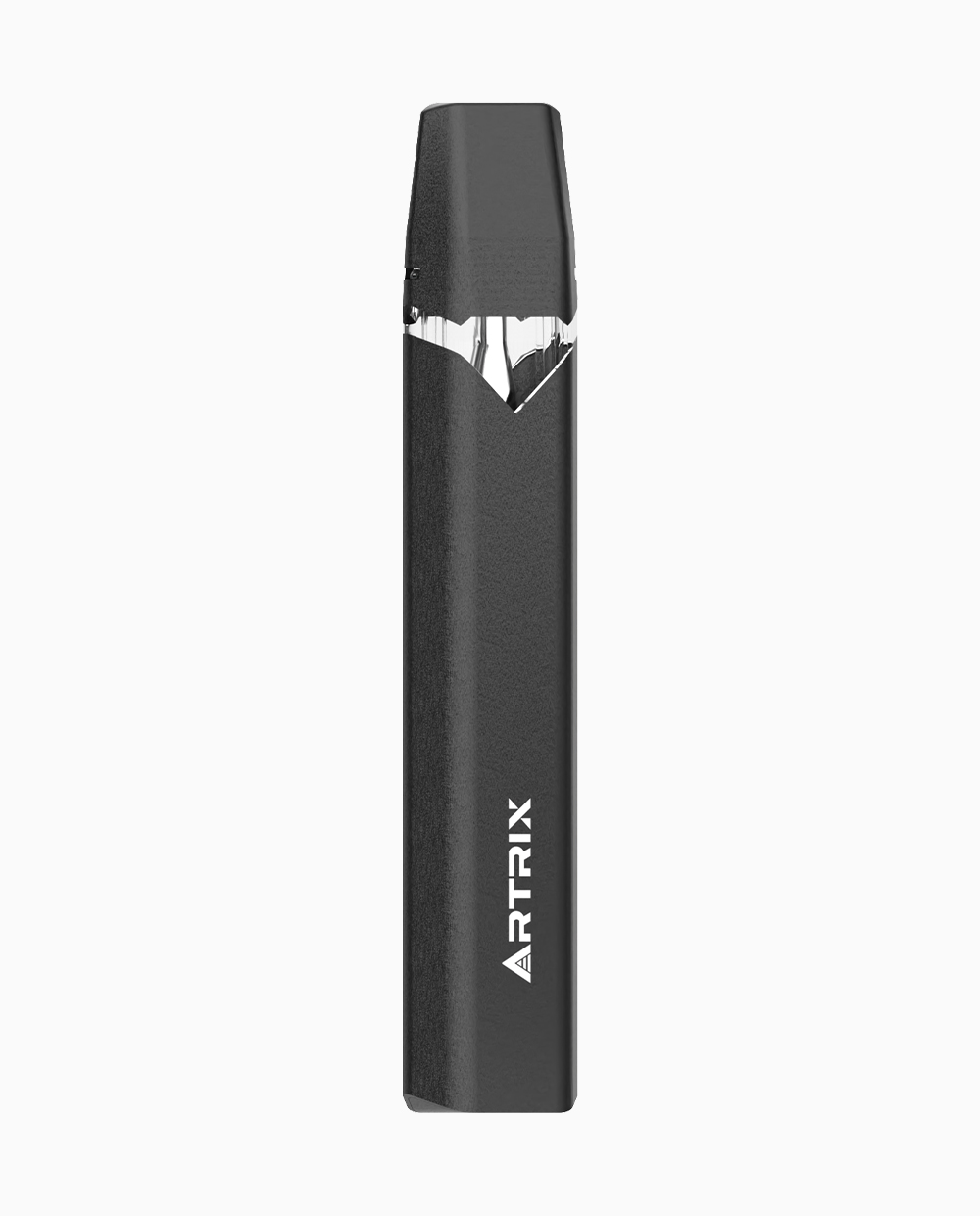
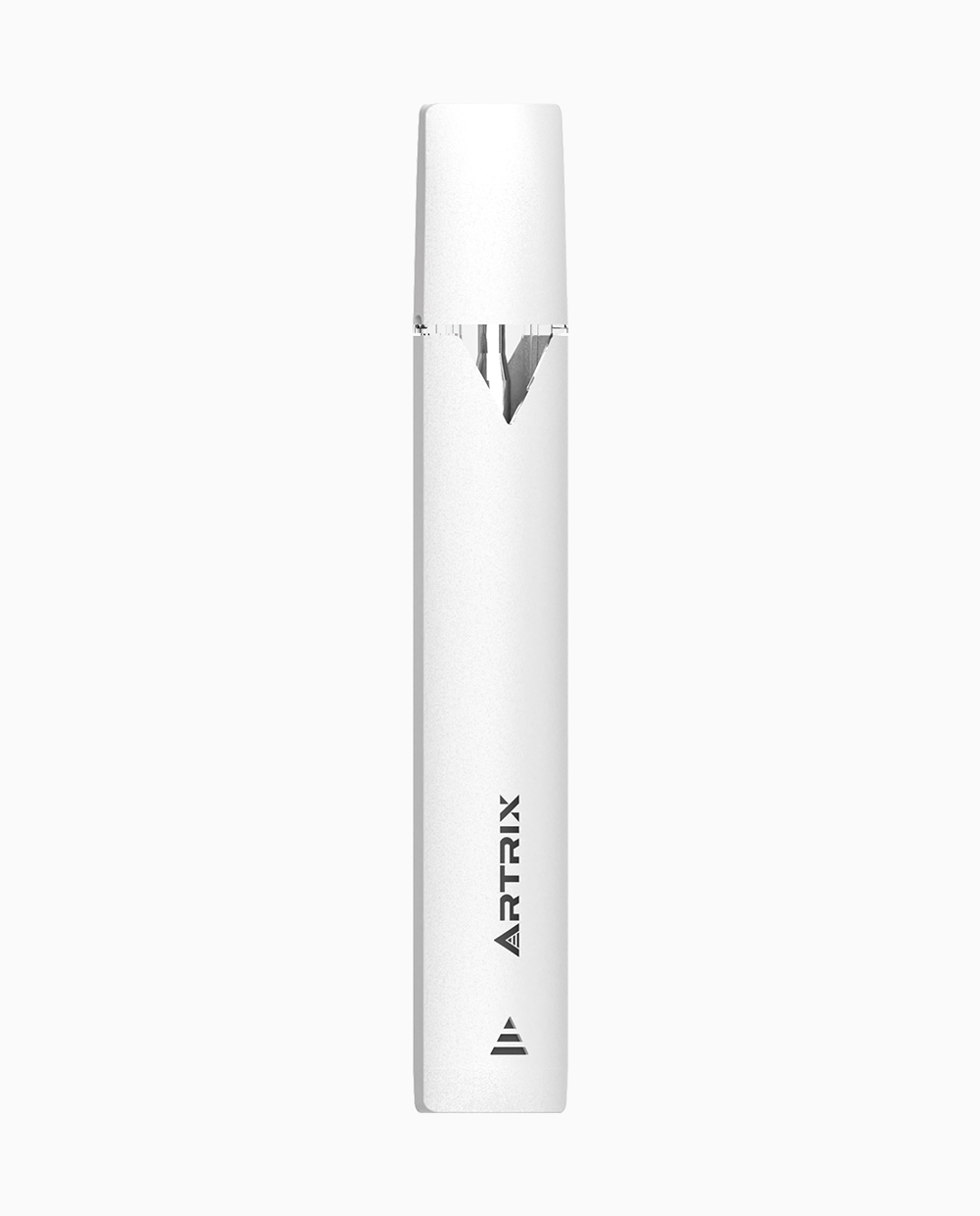
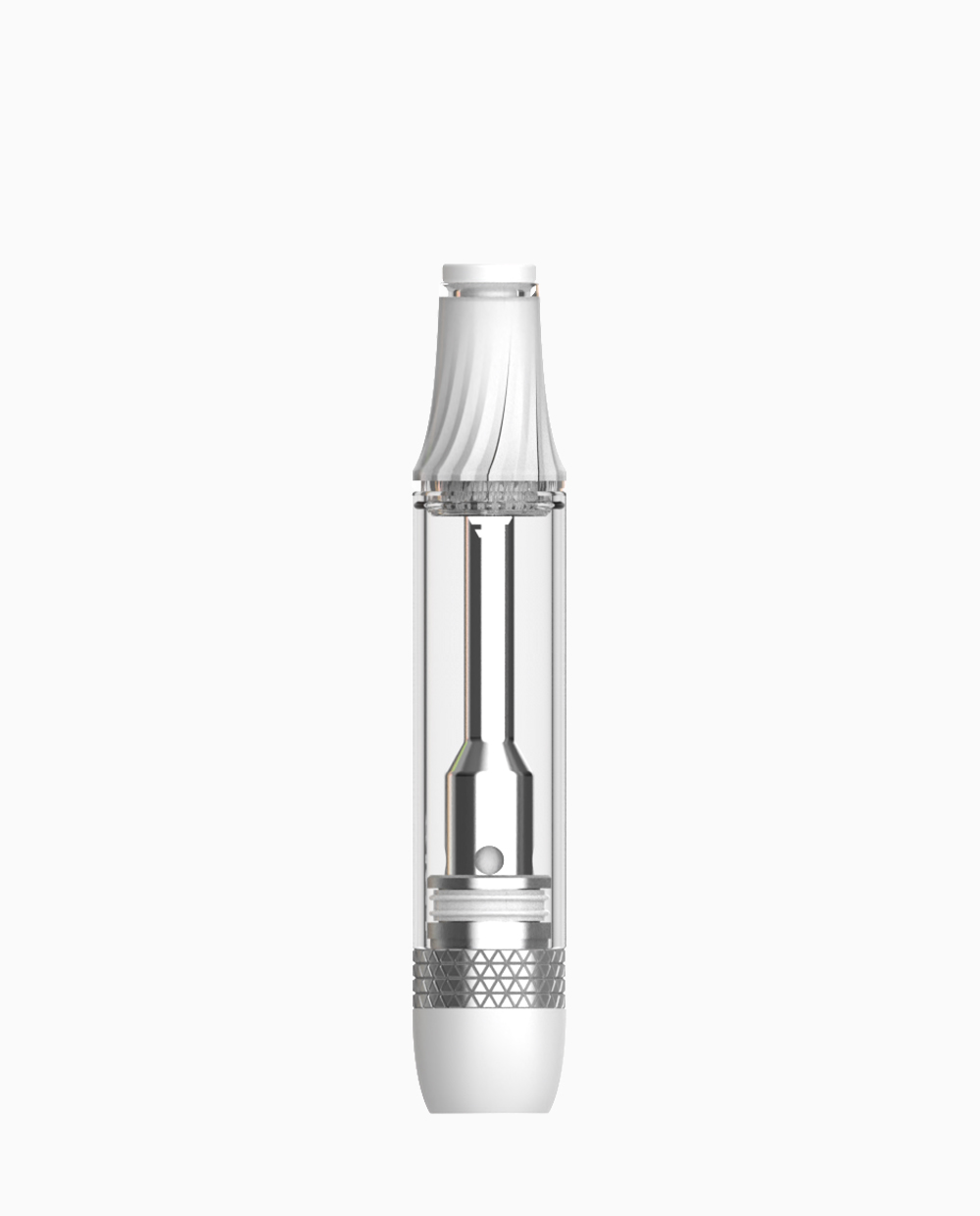

-1.webp)
-1.webp)
-2.webp)












